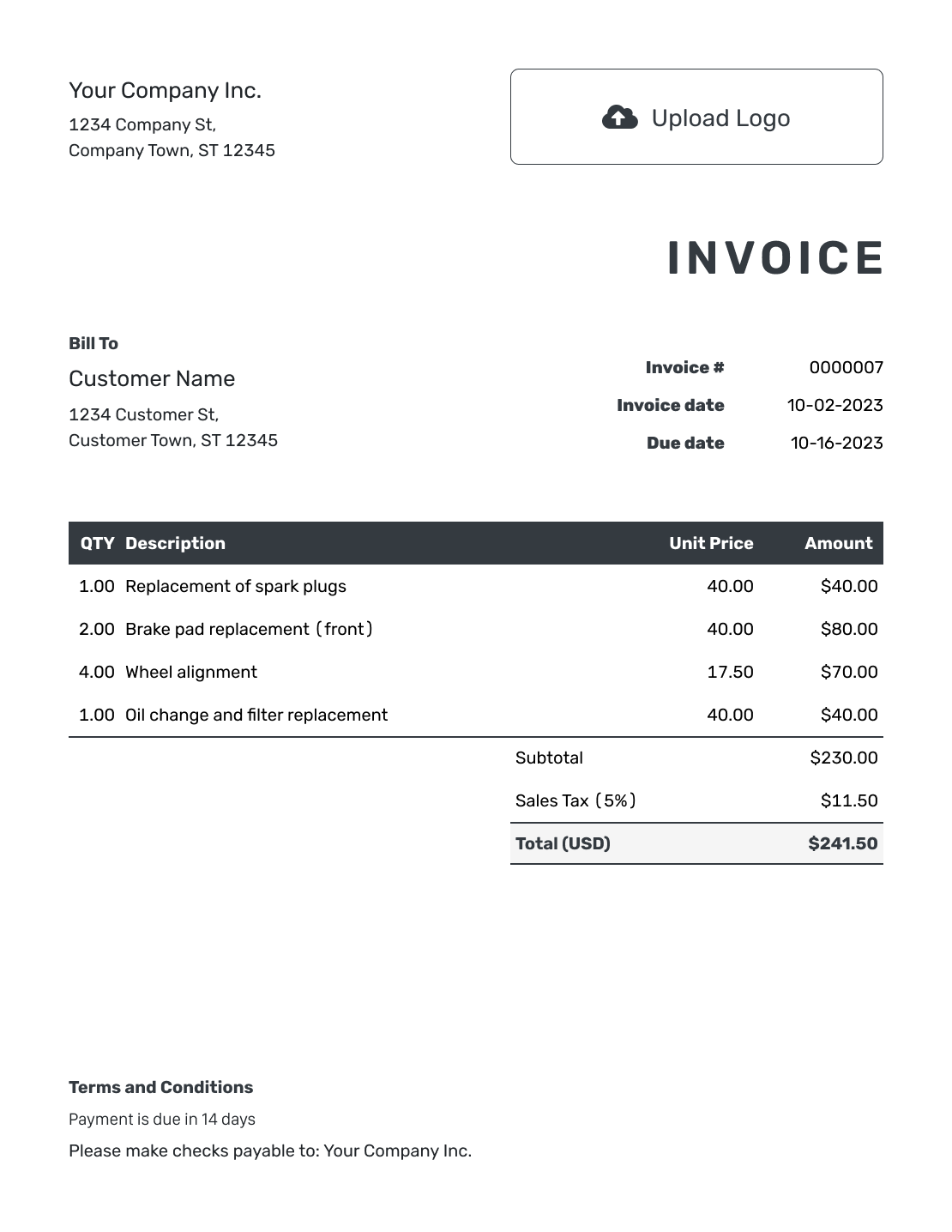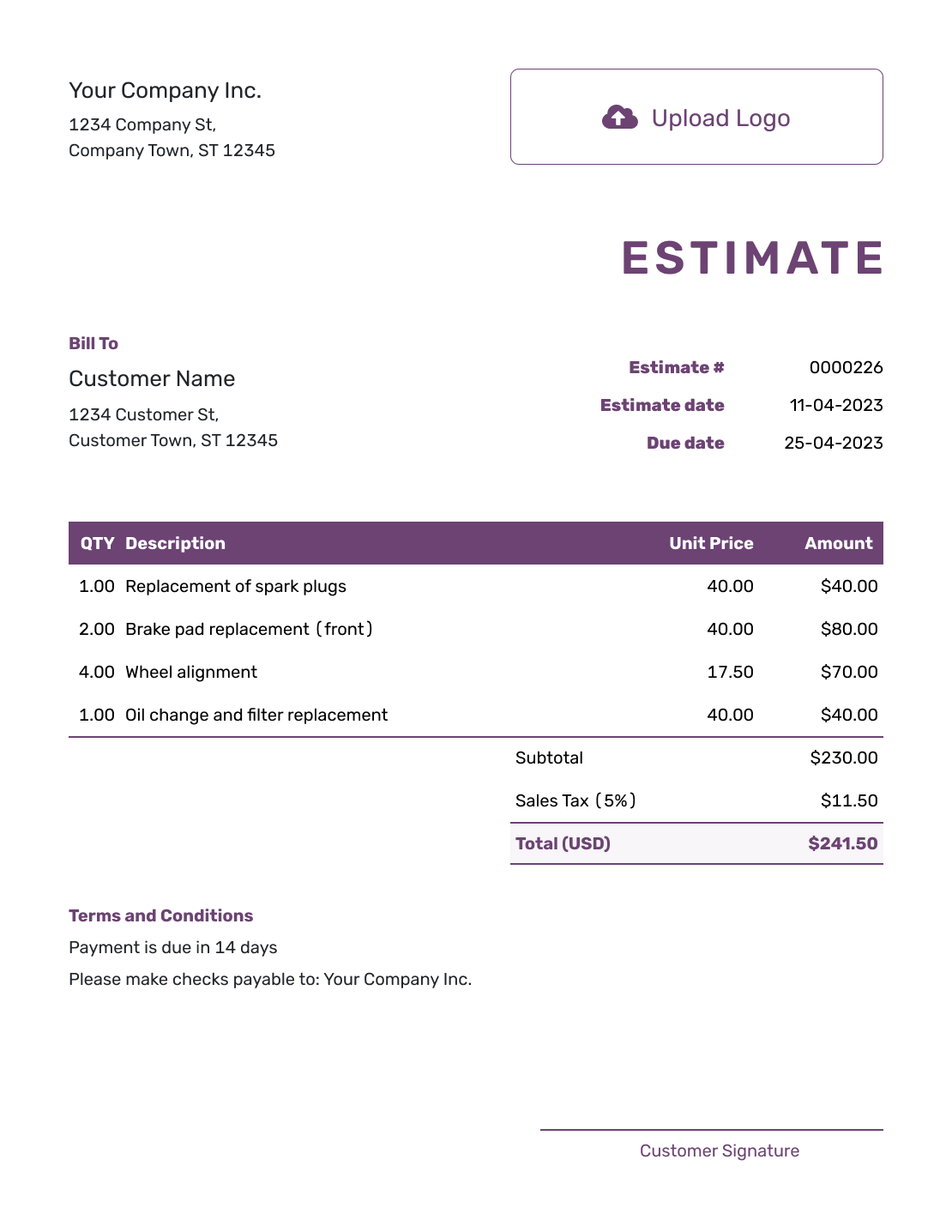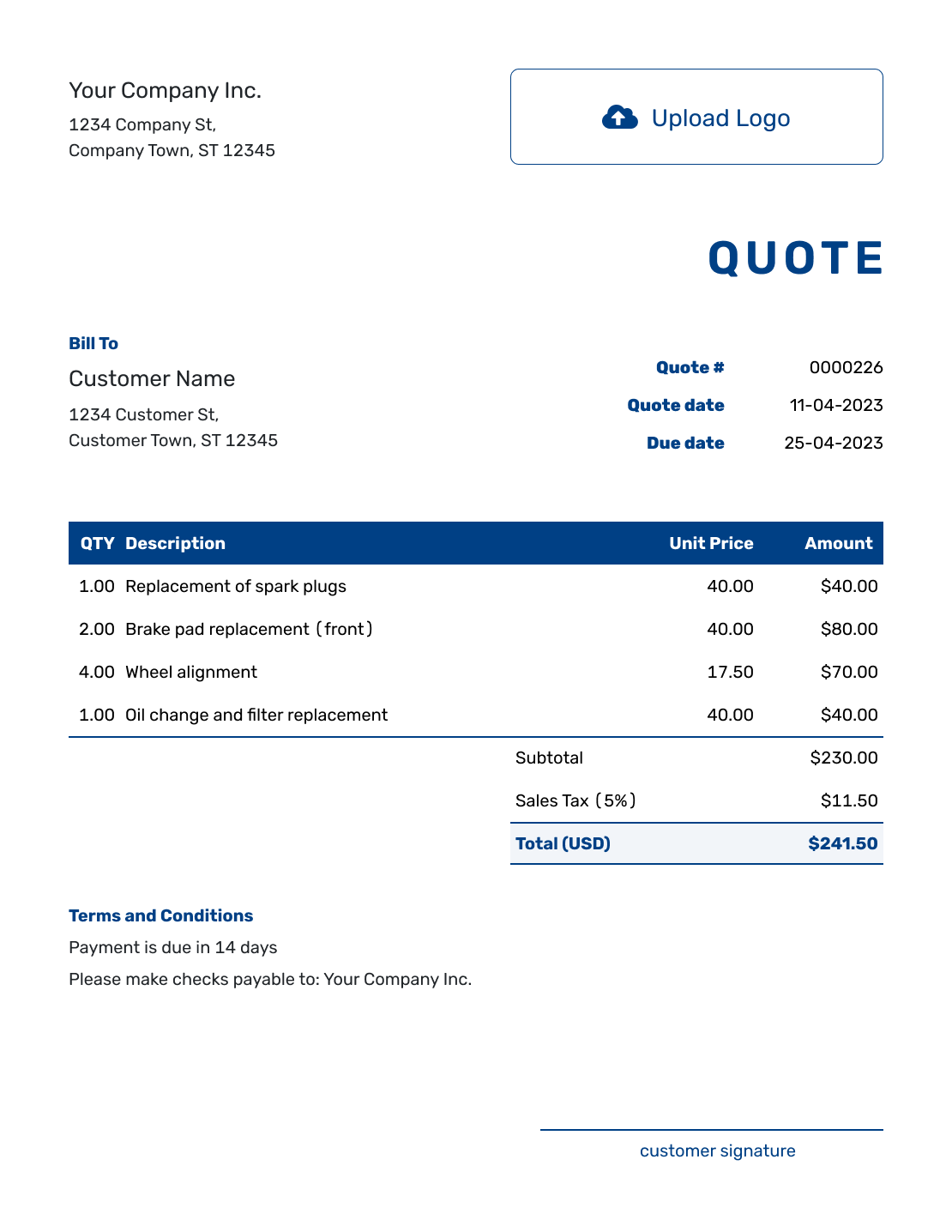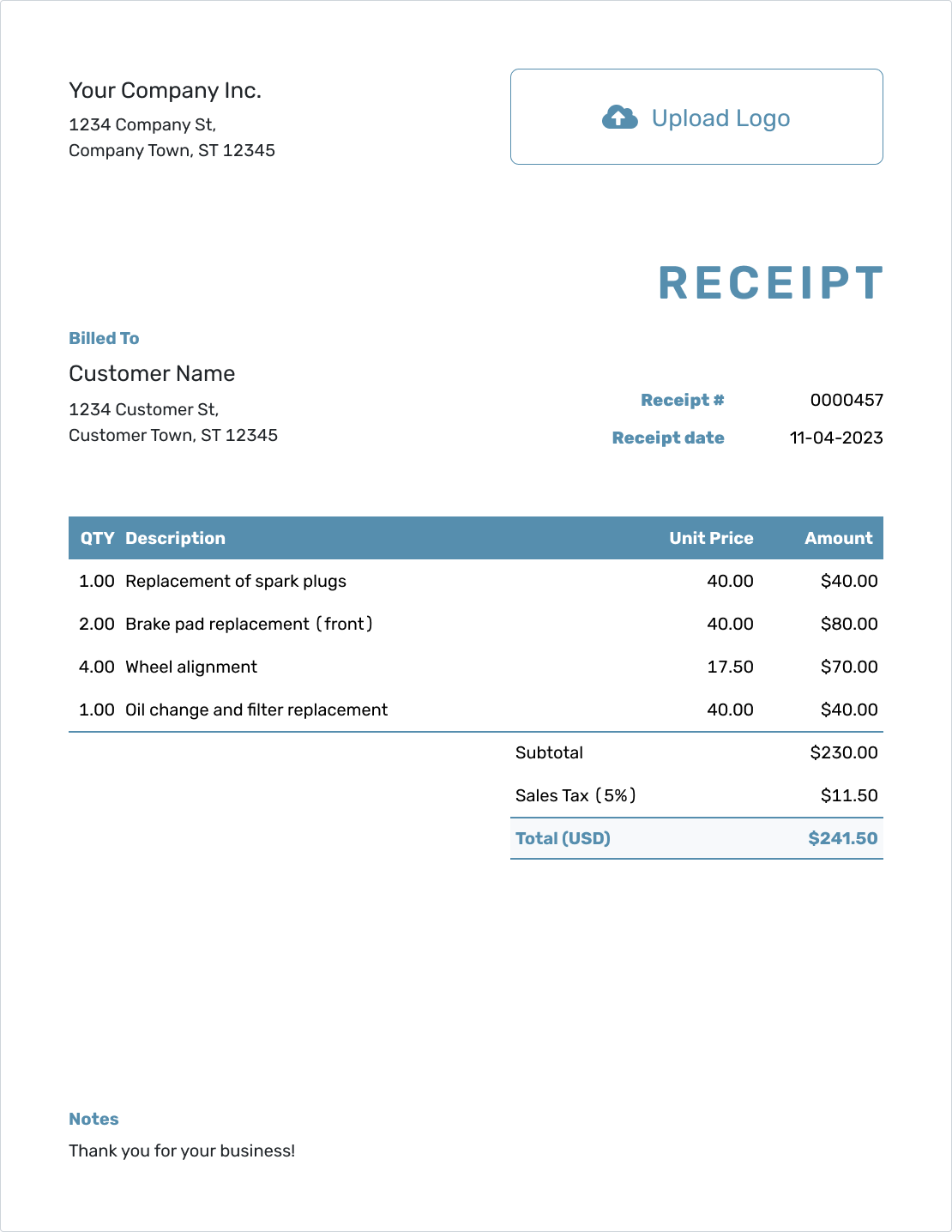Understanding
Invoice vs. Receipt
Est. reading time: 6 min

Invoices and receipts are two of the most common documents in business transactions, but they serve different purposes. Understanding the distinction between them is essential for managing your finances and providing a seamless experience for your customers. In this article, we’ll break down the differences between invoices and receipts, when to use them, and how they fit into your business operations.
What Is an Invoice?
An invoice is a document issued by a seller to a buyer, requesting payment for goods or services provided. Think of it as a formal request for payment. It includes key details like the amount due, payment terms, and a breakdown of the products or services provided.
Key Features of an Invoice:
- Purpose: To request payment from a customer.
- Details Included:
- Invoice number (unique identifier).
- Seller and buyer details (names, addresses, and contact information).
- Description of goods or services provided.
- Total amount due, including taxes and discounts.
- Payment terms (e.g., due date, late fees, accepted payment methods).
When to Use an Invoice:
Invoices are typically used in business-to-business (B2B) or business-to-customer (B2C) transactions when payment is expected at a later date. For example:
- A graphic designer sends an invoice to a client for a completed project.
- A retailer issues an invoice to a customer purchasing items on credit.
What Is a Receipt?
A receipt is proof that a payment has been made. Once the customer has paid for the goods or services, the seller provides a receipt to confirm the transaction. It serves as a record for both parties and is often needed for tax or warranty purposes.
Key Features of a Receipt:
- Purpose: To confirm payment.
- Details Included:
- Receipt number (unique identifier).
- Payment details (amount paid, payment method, and date).
- Seller and buyer details (if applicable).
- Description of goods or services purchased.
- Taxes included in the payment.
When to Use a Receipt:
Receipts are issued immediately after payment is received. For example:
- A café provides a receipt when you pay for your coffee.
- An online store sends an email receipt after you complete your purchase.
Key Differences Between Invoices and Receipts
| Aspect | Invoice | Receipt |
|---|---|---|
| Purpose | Requests payment for goods or services. | Confirms that payment has been made. |
| Timing | Issued before payment is made. | Issued after payment is received. |
| Details | Includes payment terms and total amount due. | Includes payment confirmation and details. |
| Legal Use | Can act as a record of what is owed. | Serves as proof of payment. |
Why Do You Need Both?
Invoices and receipts play complementary roles in managing business finances. Here's why you need both:
- Clear Financial Records: Invoices track what your customers owe, while receipts confirm that payments have been made. Together, they create a complete picture of your financial transactions.
- Customer Trust: Providing accurate invoices and receipts shows professionalism and builds trust with your clients. It reassures them that you're organized and transparent.
- Compliance and Tax Filing: Many tax authorities require businesses to maintain both invoices and receipts. Invoices show revenue, while receipts confirm income.
The Docelf Advantage
With Docelf, managing invoices and receipts is a breeze. Our software lets you:
- Create Professional Invoices: Customize your invoices with all the necessary details, including your branding.
- Track Payments: Easily mark invoices as paid and generate receipts automatically.
- Stay Organized: Keep a clear record of all transactions in one place, so you're always ready for tax season or audits.
Ready to simplify your invoicing and receipts? Sign up for Docelf today—it's free to get started!




